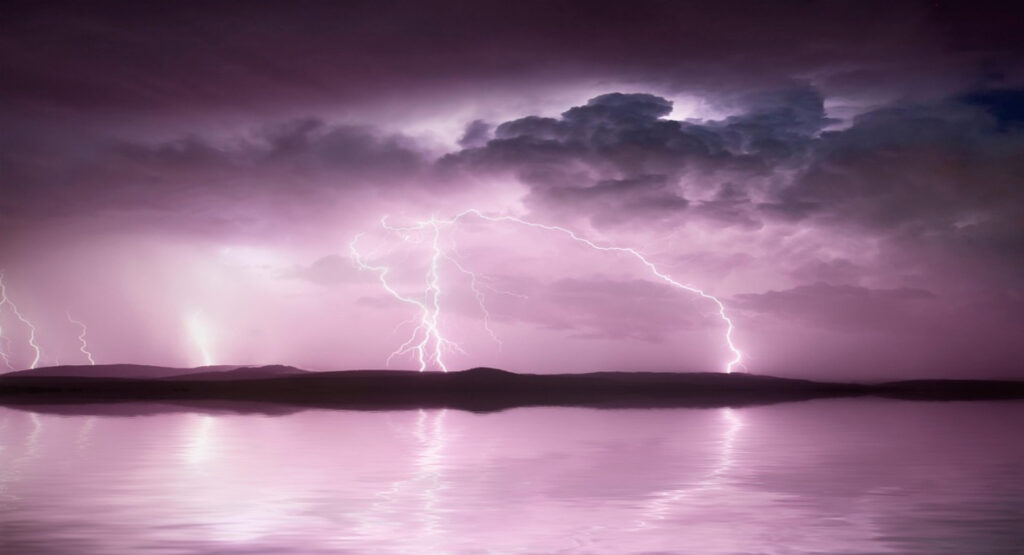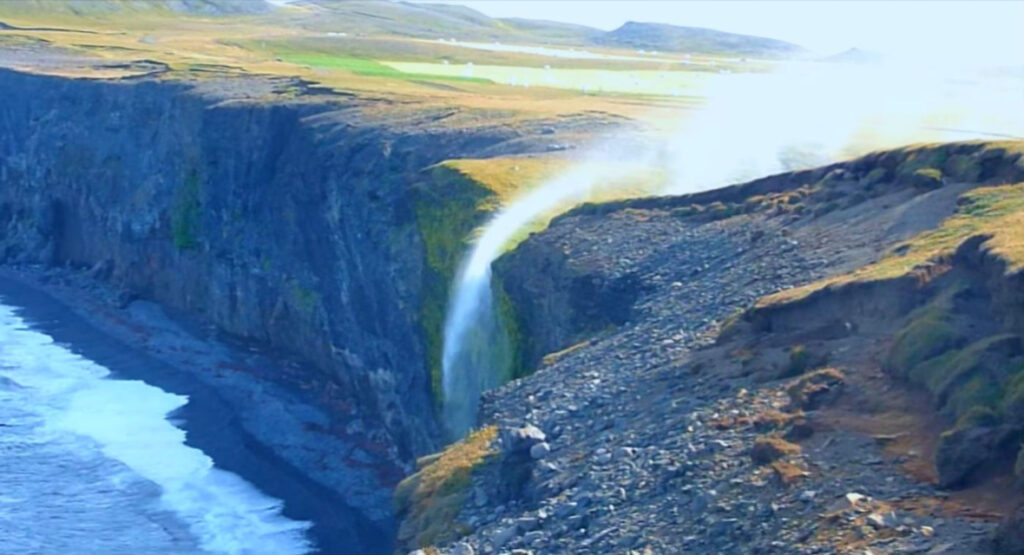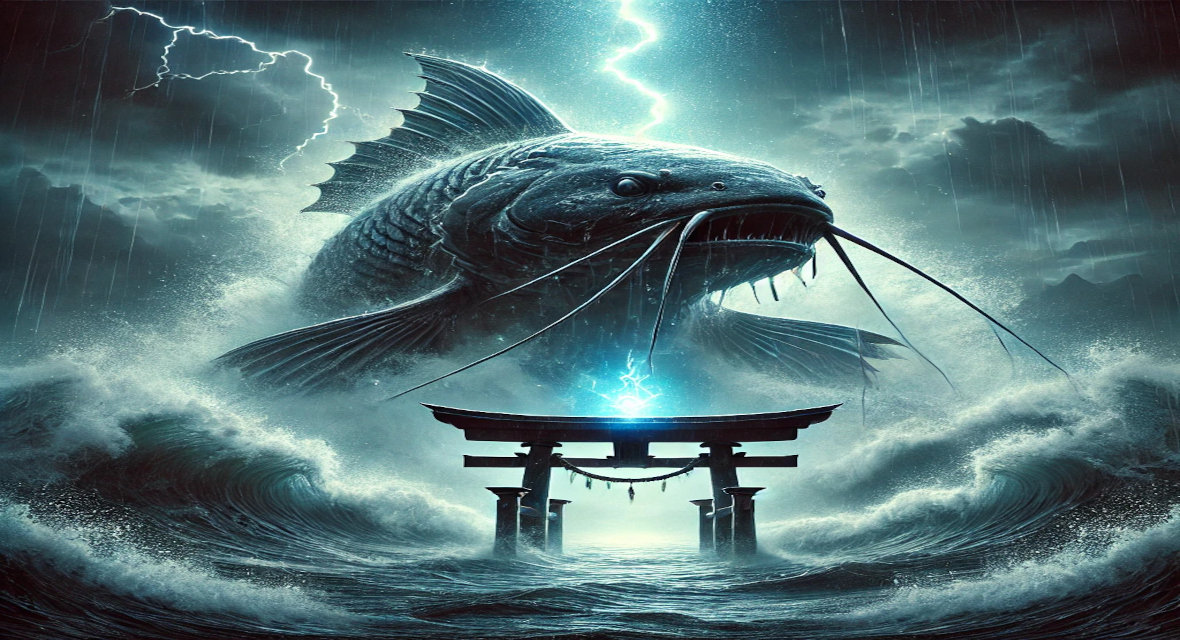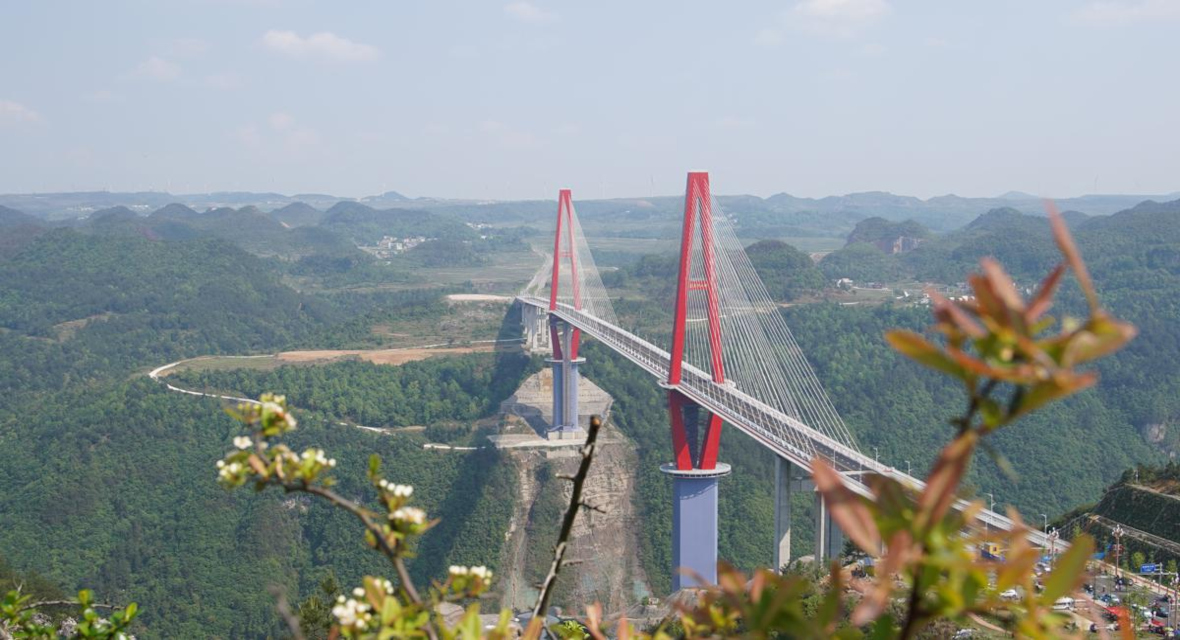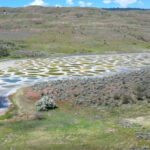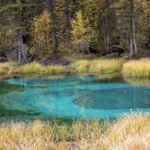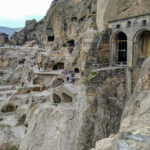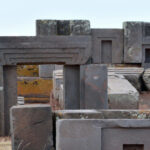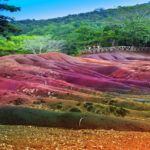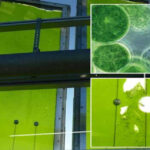Now Reading: Square Waves: The Science Behind Nature’s Checkered Sea
-
01
Square Waves: The Science Behind Nature’s Checkered Sea
Square Waves: The Science Behind Nature’s Checkered Sea
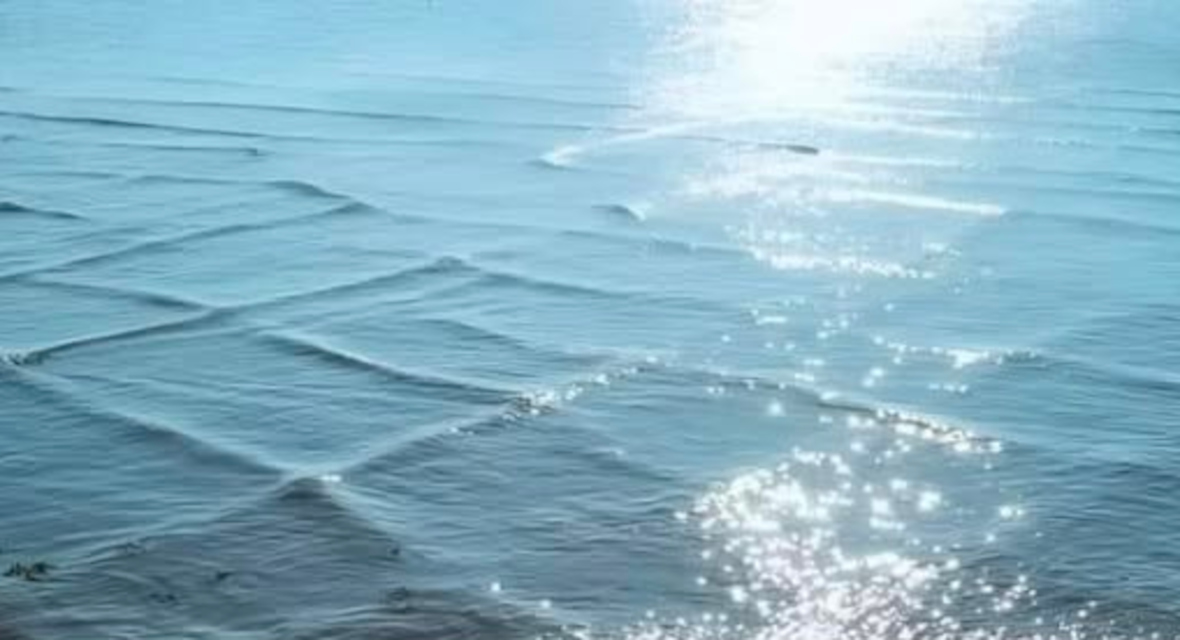
The ocean is a vast and unpredictable force, capable of producing some of the most mesmerizing and mysterious phenomena. Among these is the rare yet striking occurrence of square waves, a phenomenon where the sea appears to form a giant checkerboard of intersecting waves. While visually stunning, these wave patterns are more than just an aesthetic marvel—they are the result of complex ocean dynamics and can be surprisingly dangerous.
What Are Square Waves?
Square waves, also known as cross-sea wave patterns, occur when two wave systems traveling in different directions meet at nearly perpendicular angles. Unlike regular ocean waves, which move in a uniform direction, square waves create a crisscross pattern, giving the sea a checkerboard-like appearance.
This phenomenon is a direct result of wave interference, where two distinct sets of waves, often generated by distant weather systems, overlap in shallow coastal waters. The result is a unique grid-like wave formation, visible from aerial views or high vantage points.
How Do Square Waves Form?
The formation of square waves is governed by ocean swells and wave reflection. Here’s how it happens:
Distant Storm Systems: Strong winds and storms far out at sea generate ocean swells that travel great distances. If multiple storm systems occur simultaneously, their swells may move in different directions.
Wave Interference: When these swells reach shallow waters or coastal regions, they may intersect at nearly right angles rather than merging smoothly.
Reflected Waves: In some cases, waves that hit the shoreline or underwater structures bounce back toward the open ocean, forming a secondary set of waves that intersects with incoming waves.
Tidal Effects: Changing tides can amplify or diminish the effect, making square waves more or less pronounced depending on water depth and movement.
Where Can Square Waves Be Seen?
While square waves can theoretically form anywhere with the right conditions, they are most commonly observed in specific coastal areas where wave interference is more pronounced. Some well-known locations include:
– Île de Ré, France
– Tel Aviv, Israel
– Certain parts of the North Sea and Baltic Sea
– Offshore areas of New Zealand and Australia
Of these locations, Île de Ré is one of the most famous due to its frequent occurrence of square waves, particularly near Phare des Baleines (Lighthouse of the Whales).
Square Waves at the Île de Ré: A Rare Ocean Phenomenon
Nestled along the western coast of France in the Bay of Biscay, the Île de Ré is a beloved destination known for its sandy beaches, charming villages, and rich maritime history. However, beyond its scenic beauty, the island is also famous for a rare and intriguing ocean phenomenon: square waves. These distinctive crisscrossing wave patterns have drawn the curiosity of scientists, sailors, and tourists alike, making the Île de Ré one of the best-known locations in the world to witness this rare occurrence.
Why Do Square Waves Appear at the Île de Ré?
The formation of square waves at the Île de Ré is primarily due to the island’s unique coastal geography and oceanic conditions. The island sits in a part of the Atlantic Ocean where multiple wave systems frequently intersect, creating the ideal conditions for cross-sea wave patterns.
Several factors contribute to this phenomenon:
Ocean Swells from Different Directions: The Île de Ré lies in the Bay of Biscay, a region known for strong and unpredictable Atlantic weather systems. Large ocean swells from different storms can travel long distances and reach the coast from multiple directions.
Wave Reflection: Some waves, upon reaching the shallower waters around the island, bounce back toward the open sea, meeting incoming waves at near-perpendicular angles. This interaction contributes to the formation of the distinct square wave pattern.
Tidal Influence: The Île de Ré experiences strong tides, which affect wave movements and can create conditions favorable for cross-sea wave formations.
One of the most well-documented locations to observe this phenomenon is near the Phare des Baleines (Lighthouse of the Whales), a historic lighthouse on the island’s western tip. From this vantage point, visitors have occasionally spotted the striking grid-like wave patterns forming offshore.
Are Square Waves Dangerous at the Île de Ré?
While square waves are visually captivating, they can be extremely dangerous for swimmers, surfers, and boats. The erratic, multidirectional movement of the waves can create:
Strong and unpredictable currents, making it difficult for swimmers to escape.
Turbulent waters that can capsize small boats and make navigation hazardous.
Choppy and chaotic conditions, posing a risk even to experienced sailors.
Due to these dangers, local authorities and maritime experts advise against swimming or sailing in areas where square waves are present. While they are not always predictable, they tend to appear under specific weather conditions, particularly when two storm systems interact offshore.
Are Square Waves Dangerous?
Beyond Île de Ré, square waves are not just a visual spectacle—they pose real risks to those at sea. Their unpredictable movement makes them particularly hazardous for:
Swimmers – The strong currents associated with cross-sea waves can quickly pull people out to deeper waters, making escape difficult.
Small Boats and Kayaks – Unlike traditional waves that follow a single direction, square waves move in multiple directions simultaneously, increasing the risk of capsizing.
Ships and Larger Vessels – While larger ships can typically withstand rough conditions, encountering square waves unexpectedly can cause dangerous rocking and instability.
In fact, some maritime accidents have been attributed to cross-sea conditions, where ships encountered turbulent and unmanageable wave patterns.
Similar Phenomena in Other Natural Systems
The square wave pattern isn’t exclusive to the ocean; it can also appear in other areas of nature:
Tidal Flats and Shallow Water: The movement of water in shallow coastal areas, such as tidal flats, can sometimes generate square waves, especially when tidal currents and wave patterns intersect at an angle.
Sand Dunes and Desert Terrain: When wind moves sand across a desert, the formation of sand dunes can sometimes resemble a square wave-like pattern, created by the alignment of dunes due to the wind’s direction and strength.
Square waves in nature, while unusual, showcase the complexity of wave interactions in the ocean and other environments. Their formation, driven by the interference of multiple wave patterns traveling at angles, is an example of how natural forces can combine in unexpected ways to create striking and intricate patterns.











